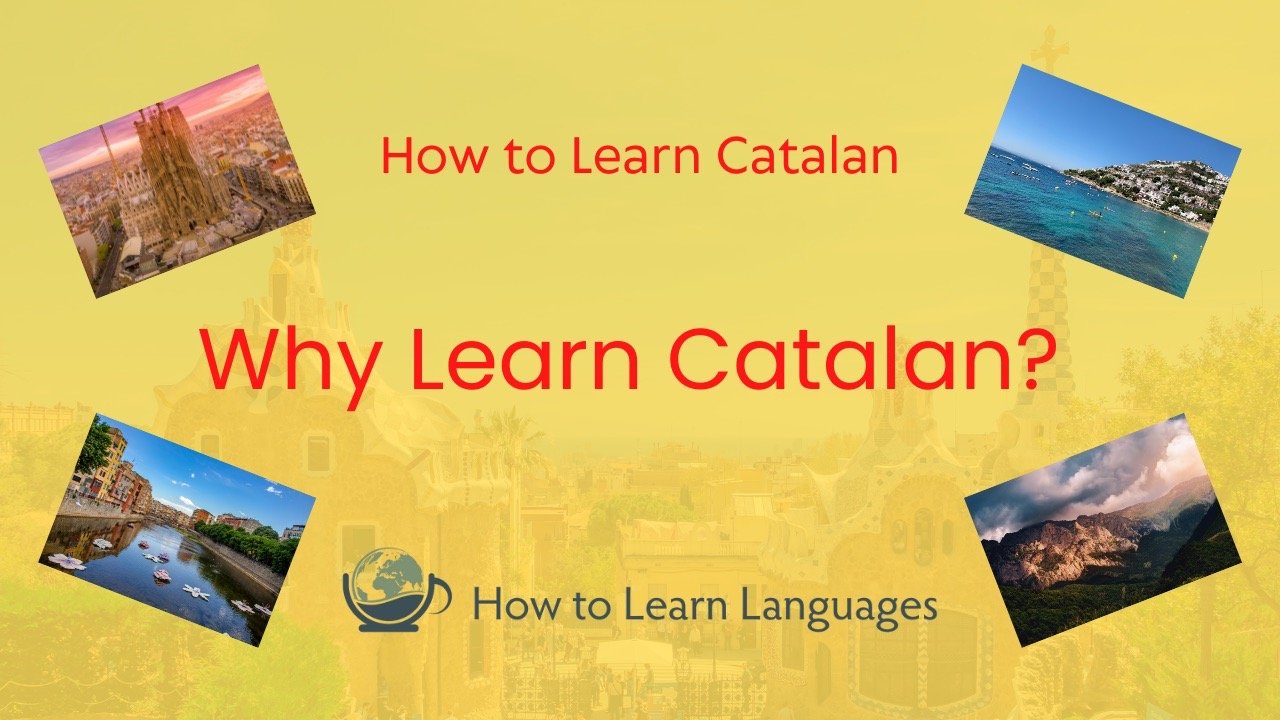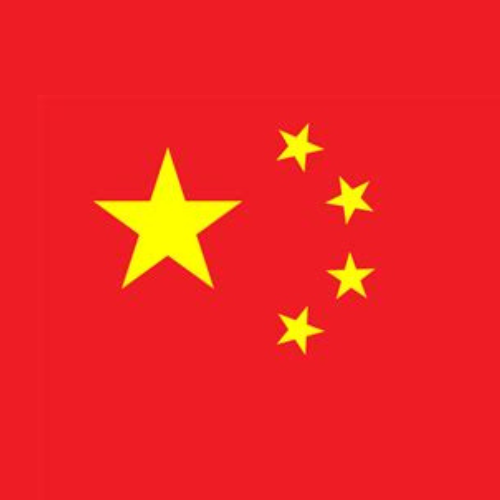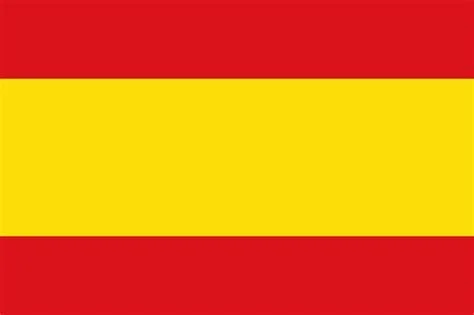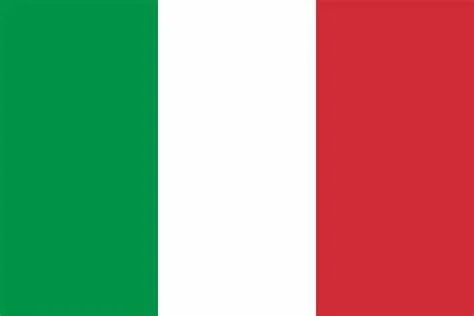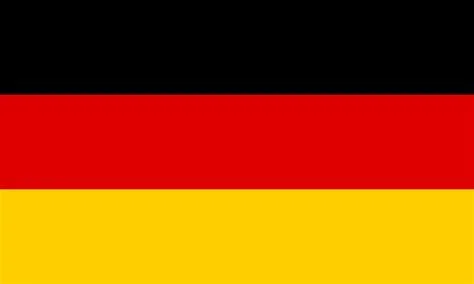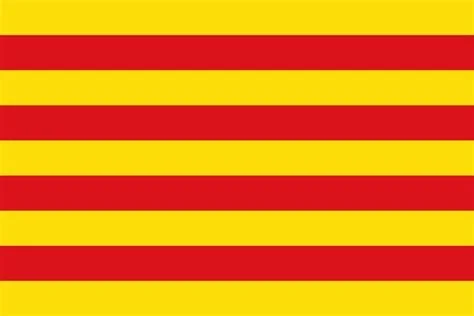
Resources
Why Learn Irish?
Irish is spoken as a first language by an estimated 170,000 people, although more than a million have some knowledge of it. Centuries of invasion, occupation, and persecution at the hands of the English have led to a significant fall in the number of people who speak Irish as a first language, but the advent of the internet and national Irish television and radio has breathed new life into the language, with many now seeking to reconnect with this crucial part of Irish culture.
Why learn Chinese?
With an estimated 921 million speakers, Mandarin Chinese is the most widely spoken first language in the world.
Why Learn Kalaallisut?
Kalaallisut (West Greenlandic) is a dialect of the Greenlandic language - which is part of the Inuit-Yupik-Unangan language family. The other dialects are Tunumiit oraasiat (East Greenlandic) and Avanersuarmiutut (North Greenlandic), which is also known as Inuktun. Standard Greenlandic is based on Kalaallisut, and is spoken by the Kalaallit, Tunumiit, and Inughuit. It is spoken by around 57,000 people.
Why Learn Aymara?
Aymara is spoken by the Aymara people. With 1.7 million speakers, it is an official language in Bolivia and Peru, as well as being a recognised minority language in Chile. Most Aymara speakers live in Bolivia, with significant communities in Peru, particularly around Lake Titicaca, which straddles the border between the two countries. There are smaller communities in northern Chile, and even Argentina.
Why Learn Ngäbere?
Ngäbere is spoken by the Ngäbe people - most of whom live in the Comarca Ngäbe-Buglé, in western Panama. The Ngäbe are the largest of Panama’s indigenous peoples, but some have migrated to Costa Rica since the 1950s. In Costa Rica, Ngäbere is spoken by groups living in indigenous reservations - Abrojos Montezuma, Conteburica, Coto Brus, Guaymí de Alto Laguna de Osa, and Altos de San Antonio.
Why Learn Navajo?
Navajo is spoken by 170,000 people, mostly in the Navajo Nation, which is located across parts of what are now referred to as Arizona, Utah, and New Mexico. In Navajo, the language is called Diné bizaad - 'People's language' - and the Navajo refer to themselves as the Diné - 'People'.
Why Learn Wayuunaiki?
Wayuunaiki is spoken by more than 400,000 people, on the Guajira Peninsula - in northeastern Colombia and northwestern Venezuela. The language is sometimes referred to as Wayuu, after the people who speak it, as well as Guajiro.
Why Learn Nahuatl?
Today, around 1.7 million Nahua speak varieties of Nahuatl, mostly in central Mexico, in states such as Puebla.
Why learn French?
With almost 80 million speakers, French is the fifteenth most widely spoken mother tongue in the world.
Why learn German?
With an estimated 100 million speakers, German is the most widely spoken first language in the European Union.
Why learn Catalan?
With more than ten million first and second-language speakers, Catalan is the fourteenth most widely spoken language in the European Union.
Why learn Portuguese?
With almost 220 million speakers, Portuguese is the sixth most widely spoken mother tongue in the world.
Why learn Spanish?
With almost 483 million speakers, Spanish is the second most widely spoken mother tongue in the world, after Mandarin Chinese.
Why learn Italian?
With almost 67 million speakers, Italian is the second most widely spoken mother tongue in the European Union.

I want to learn…











